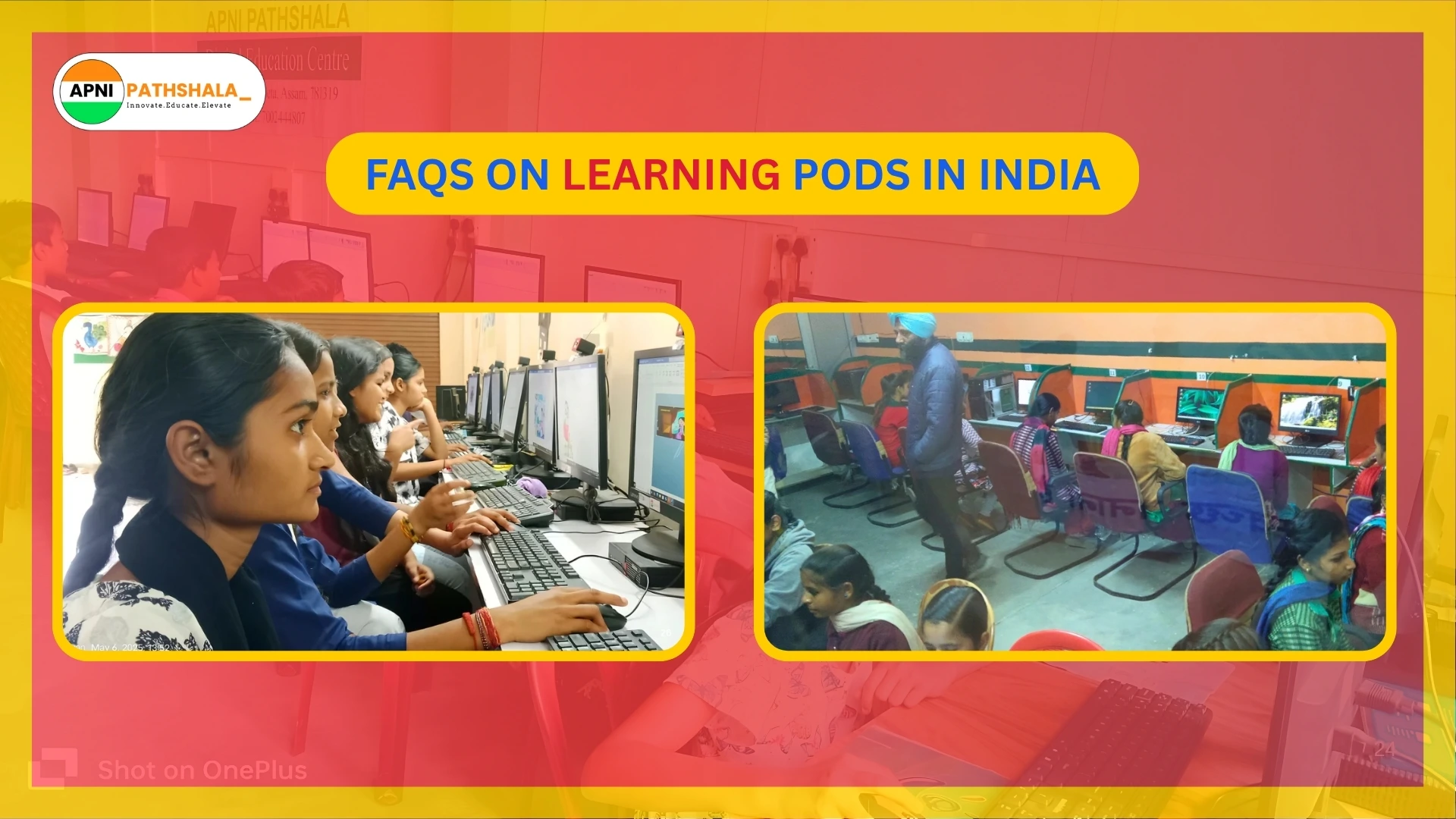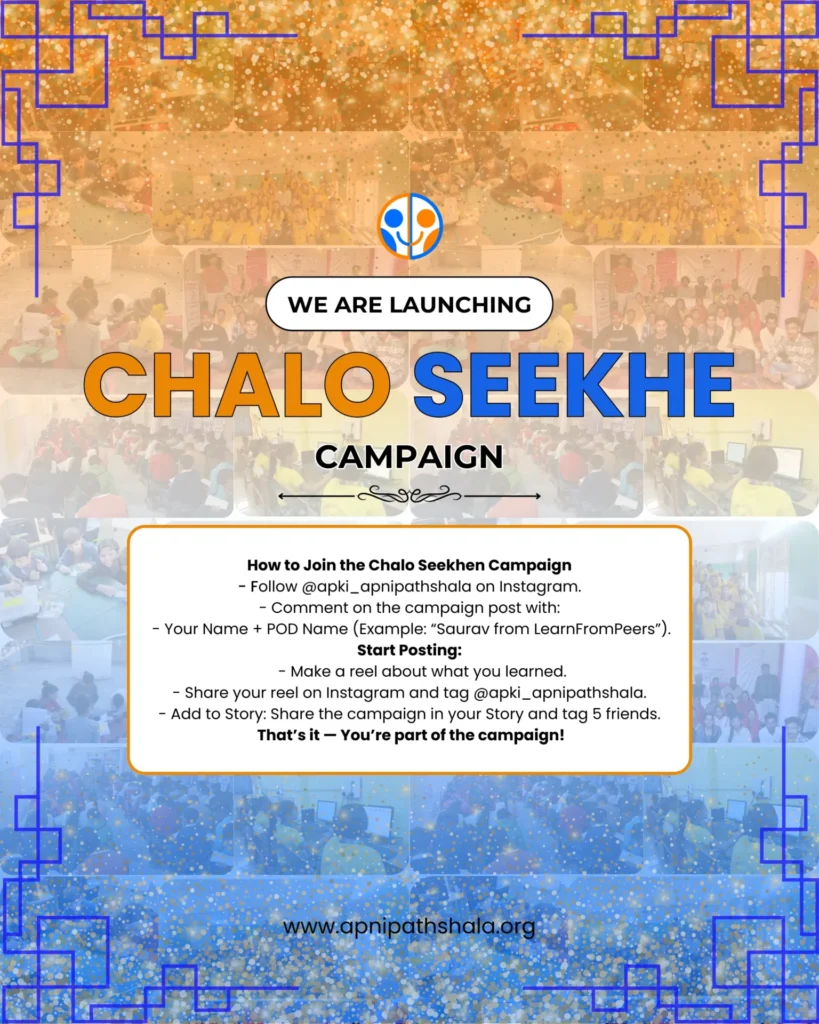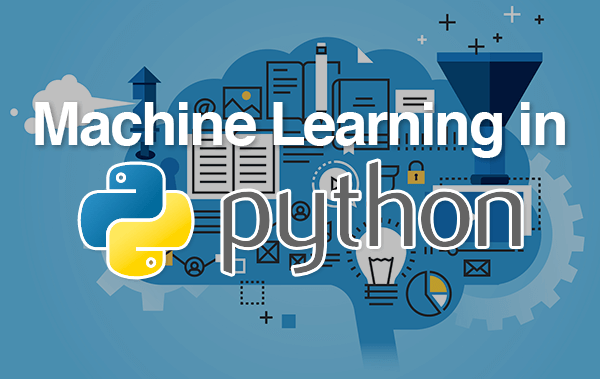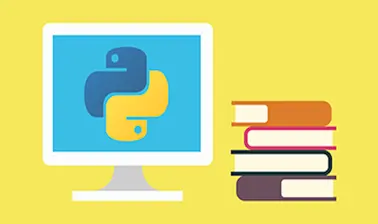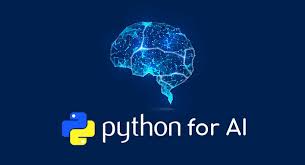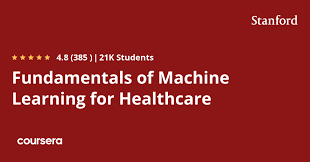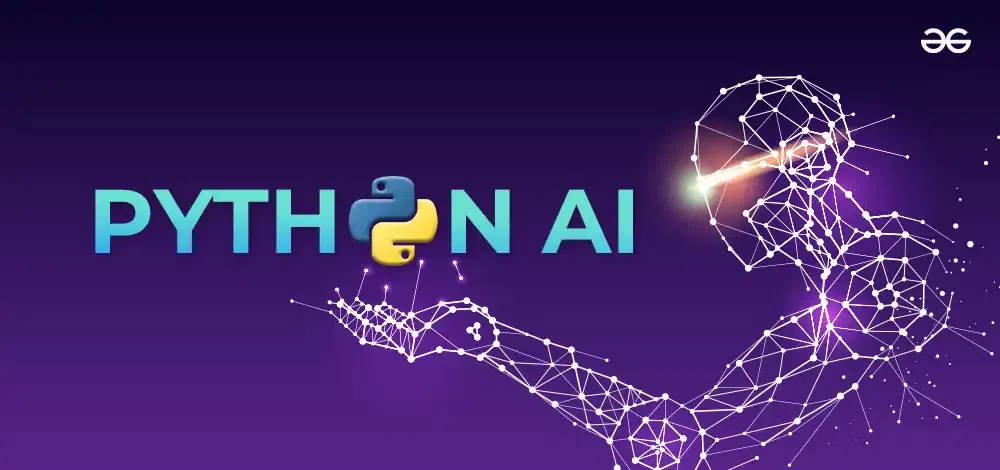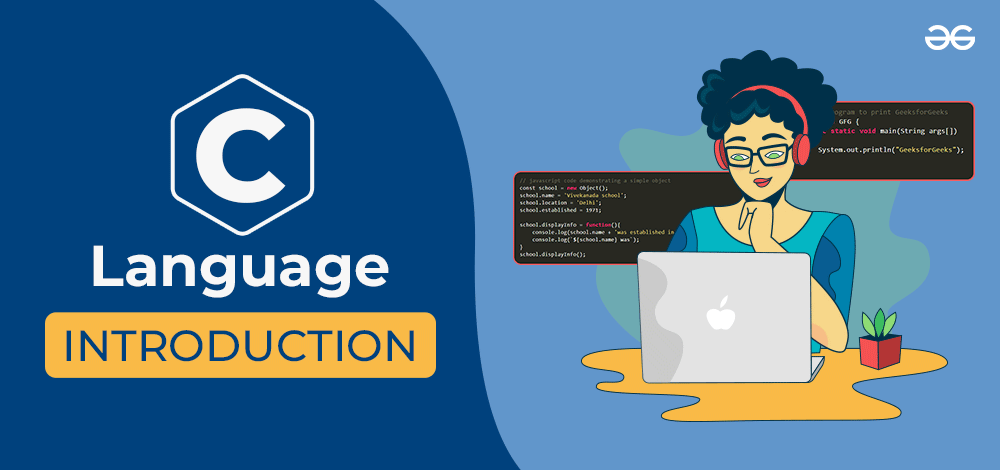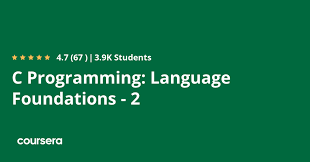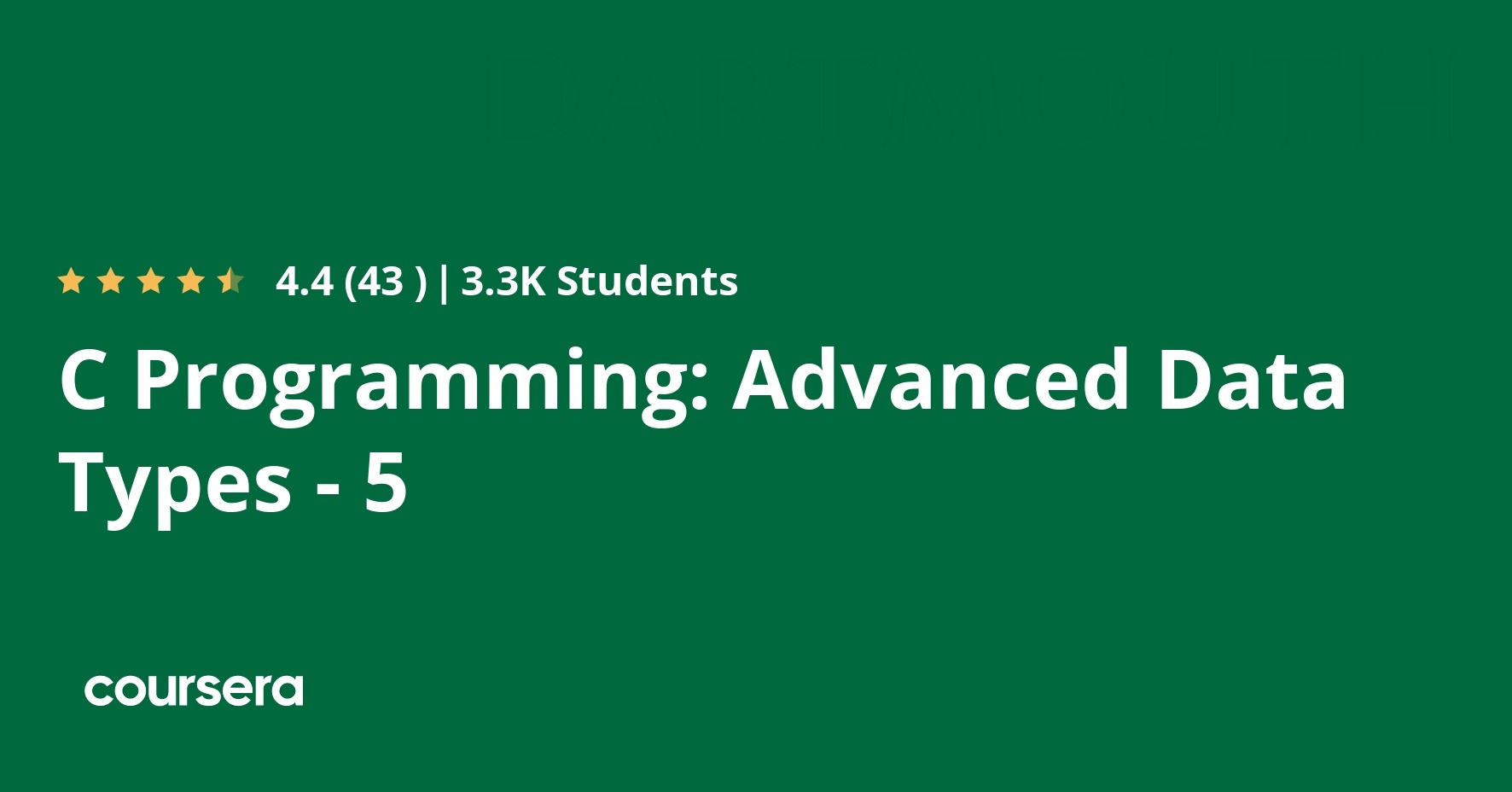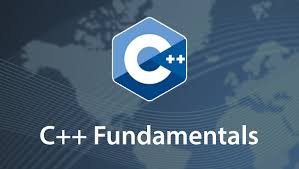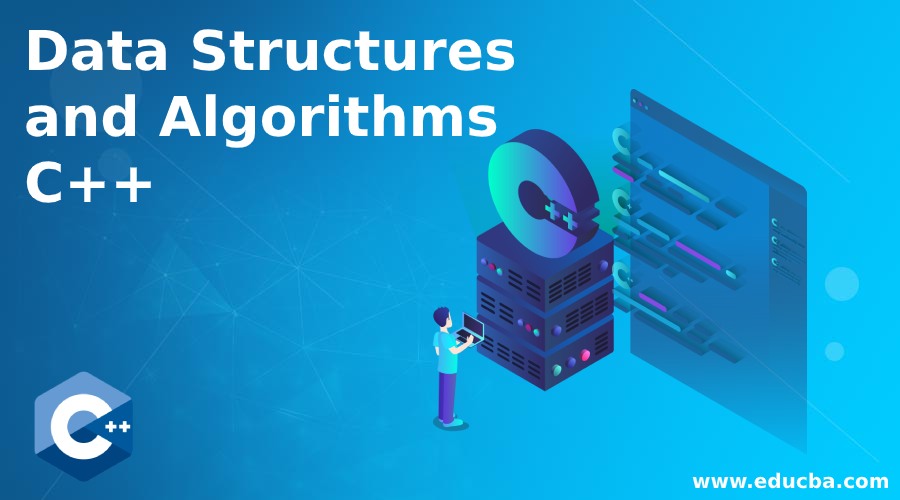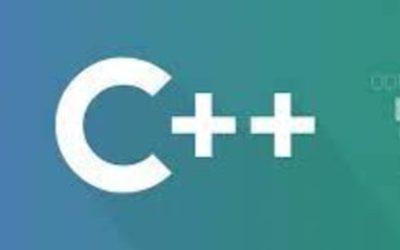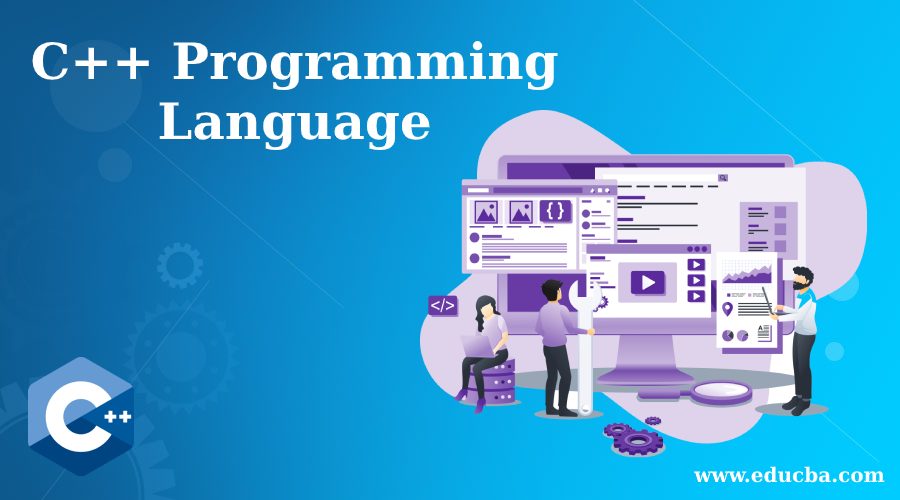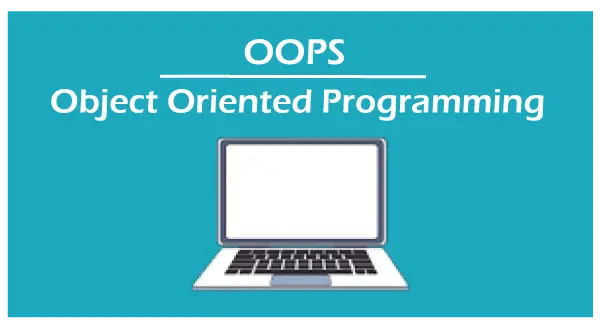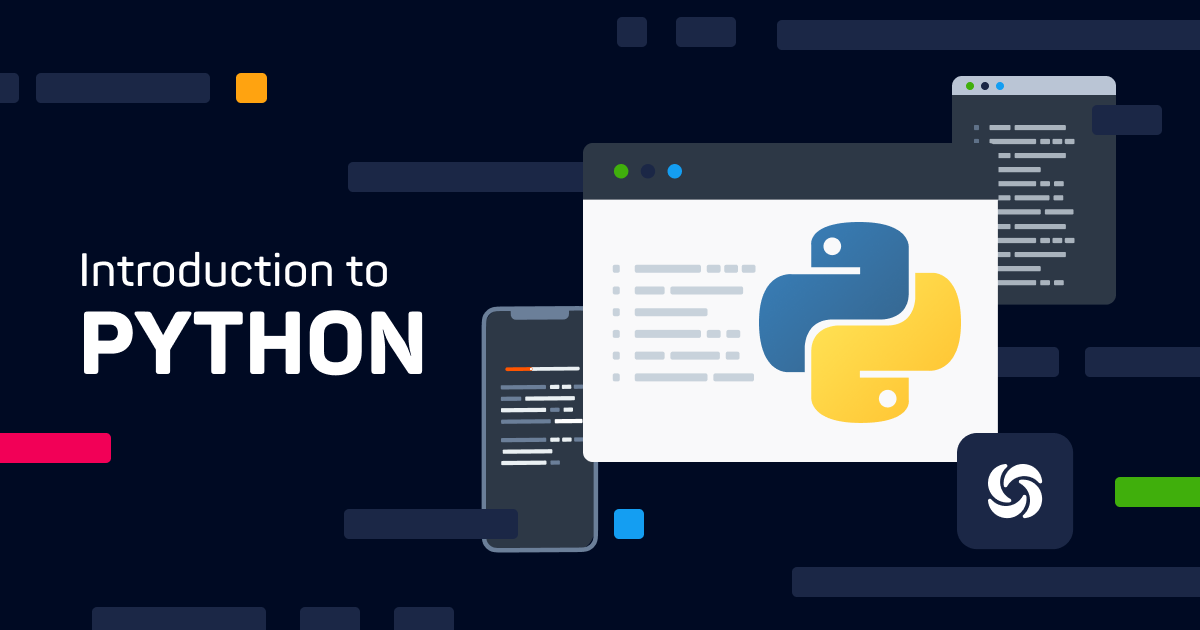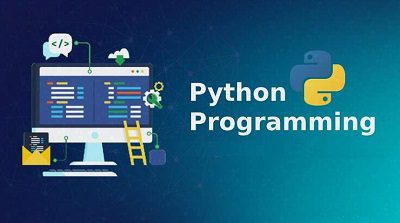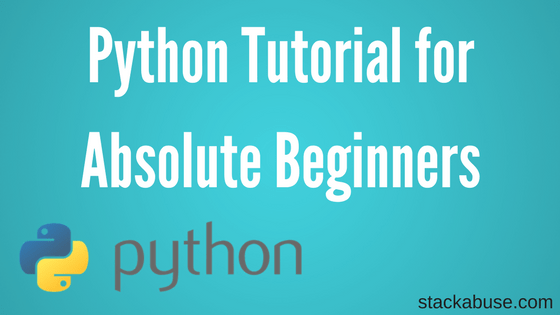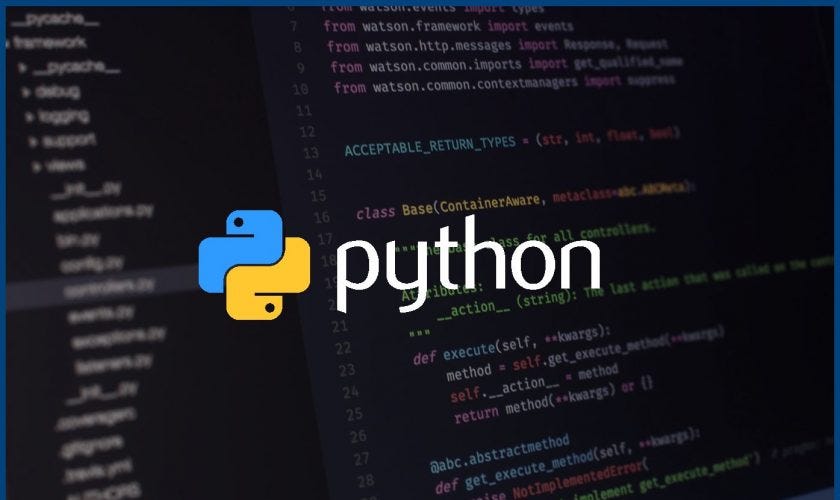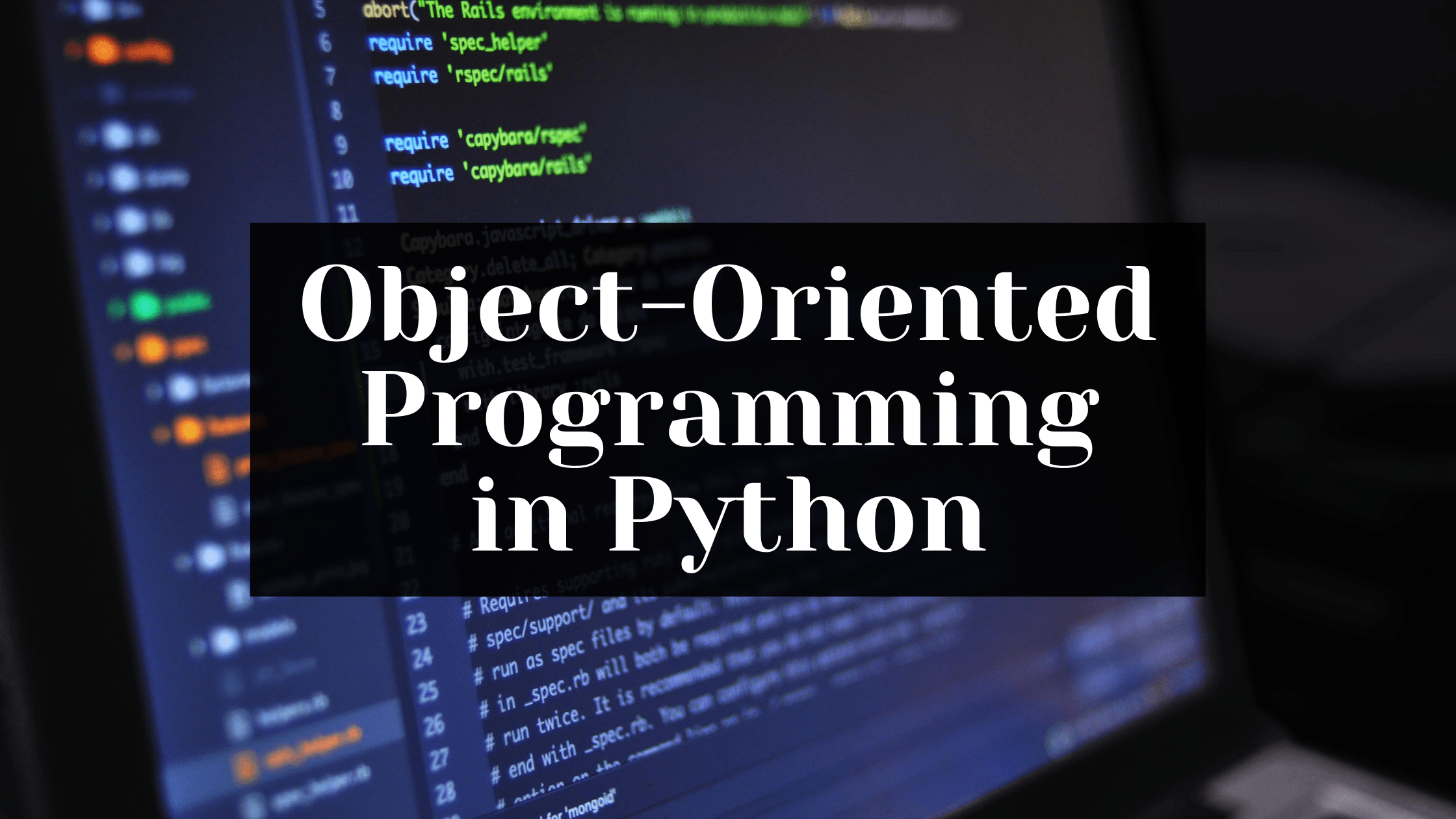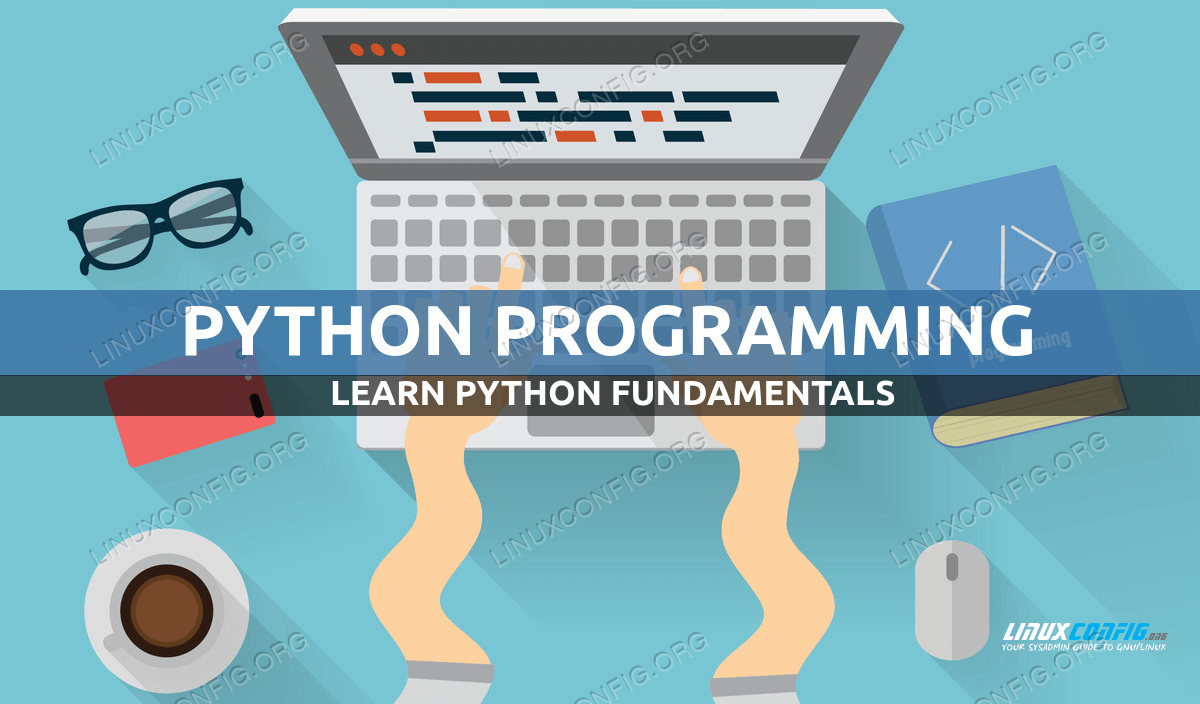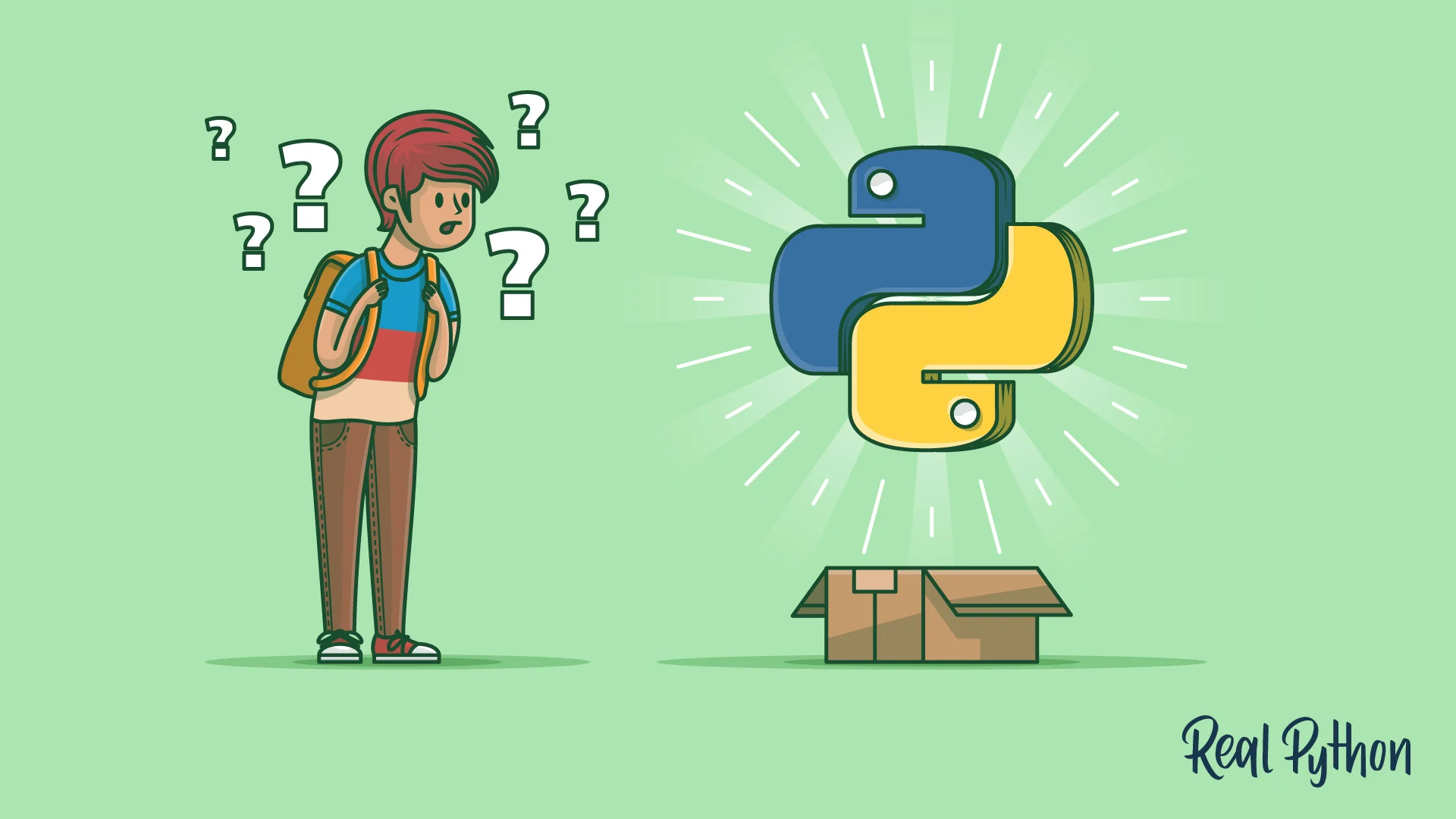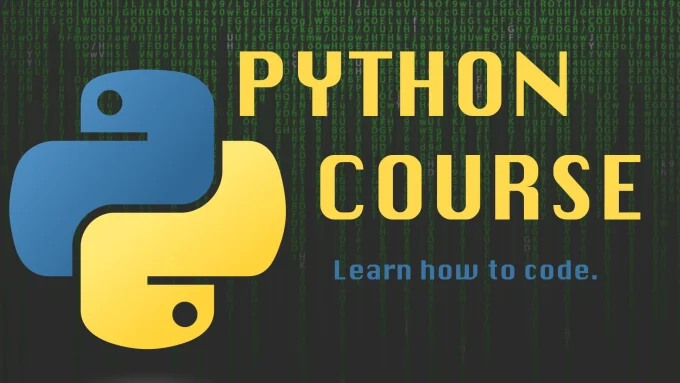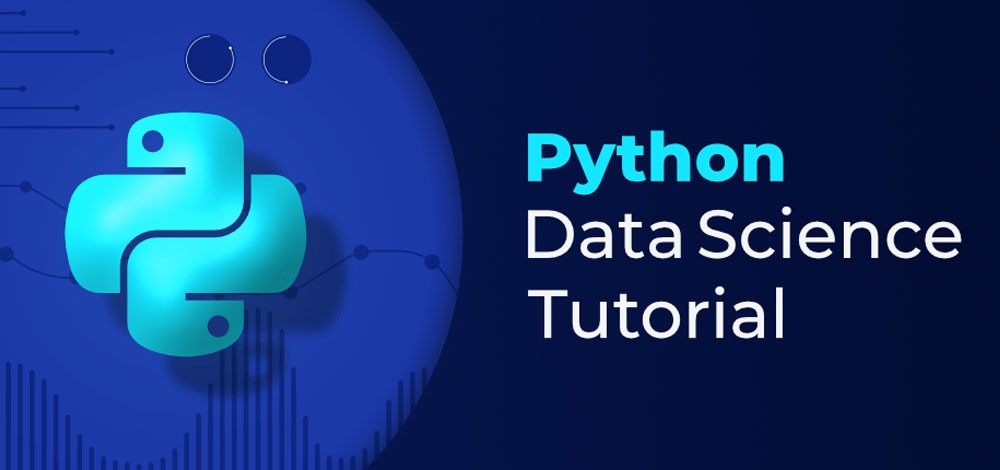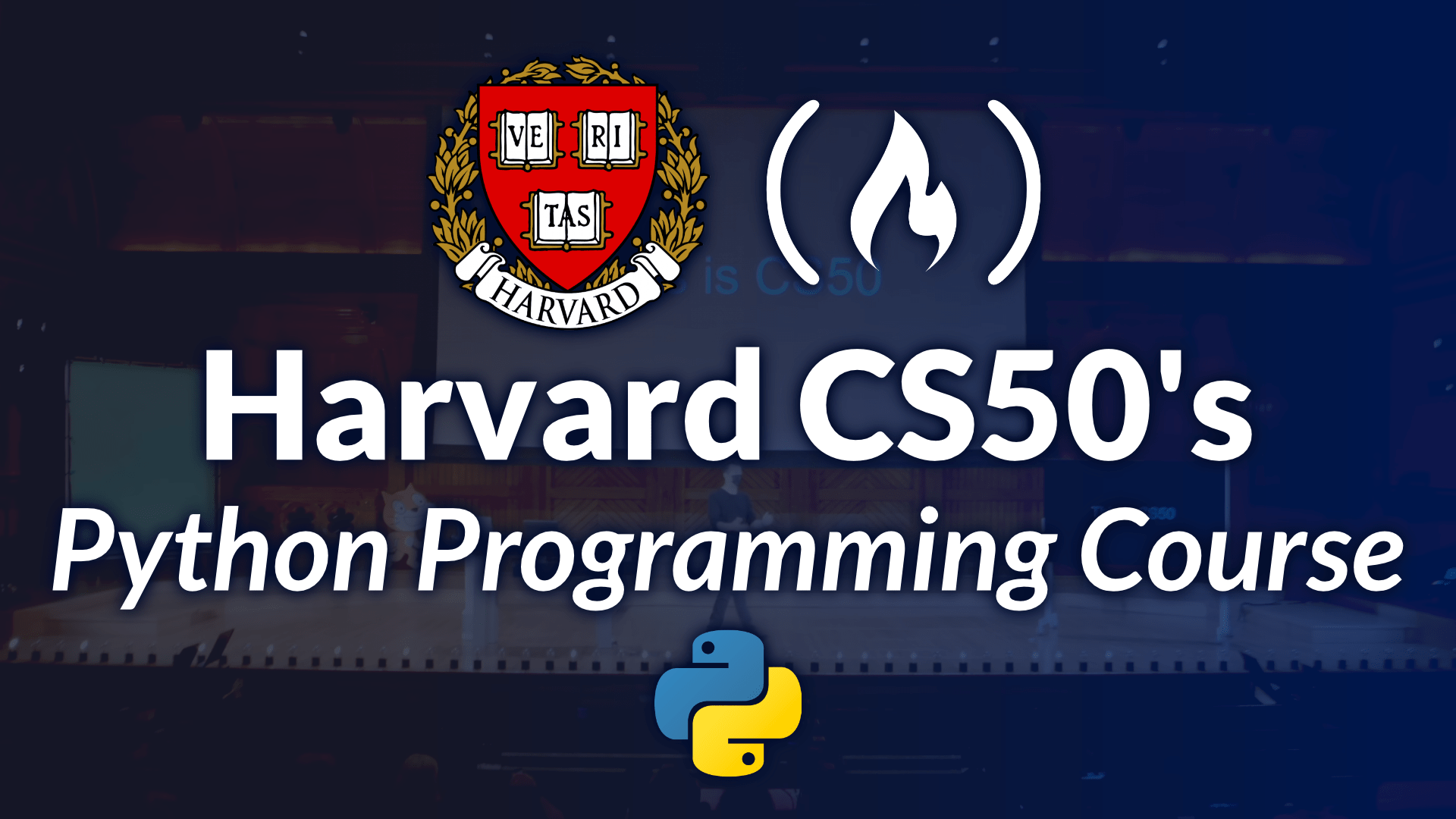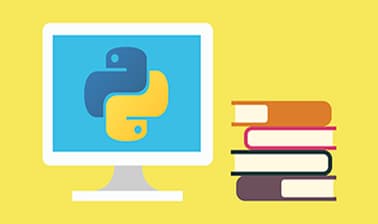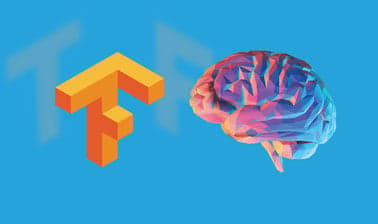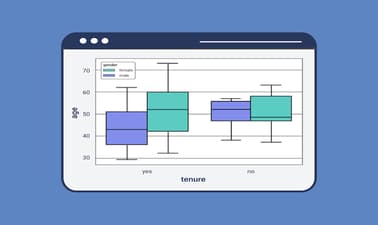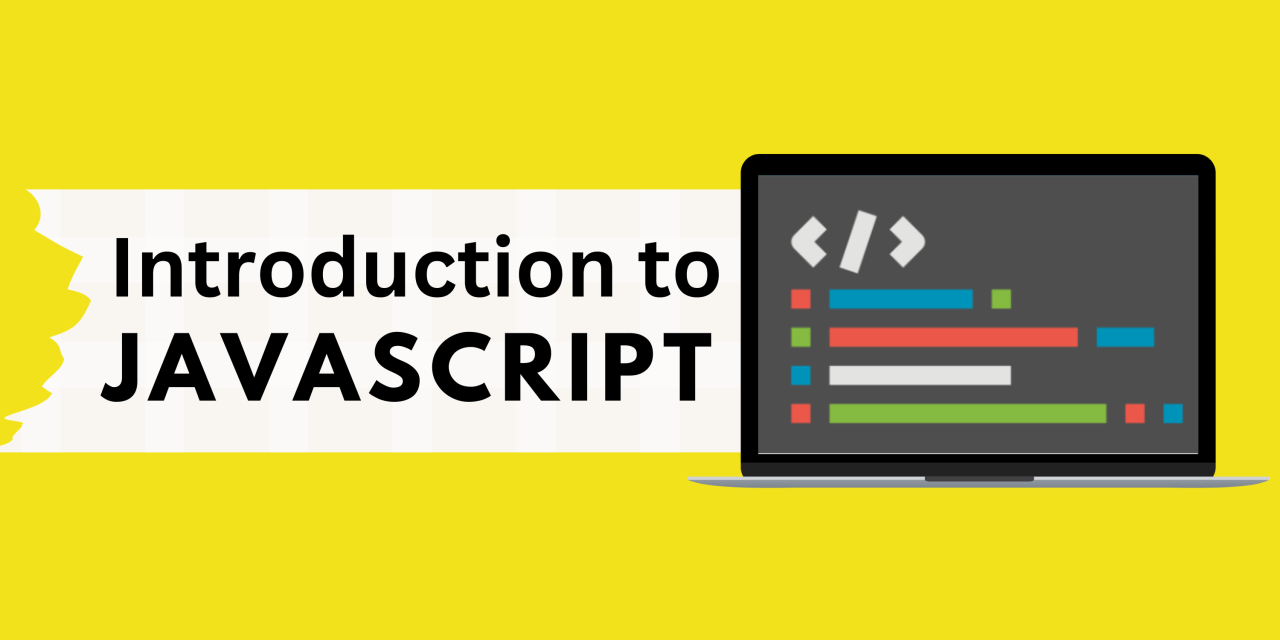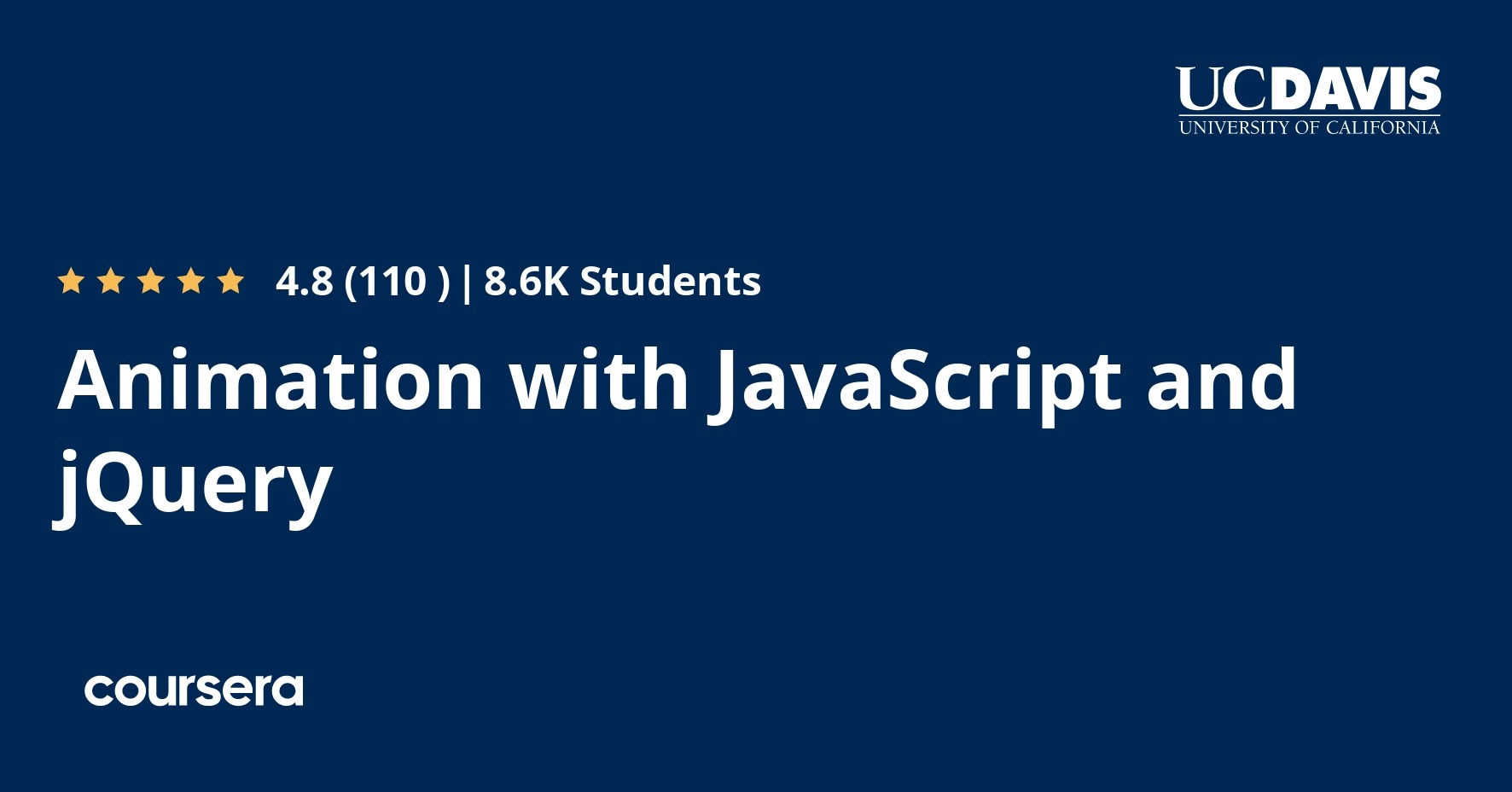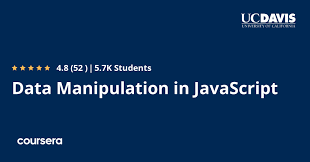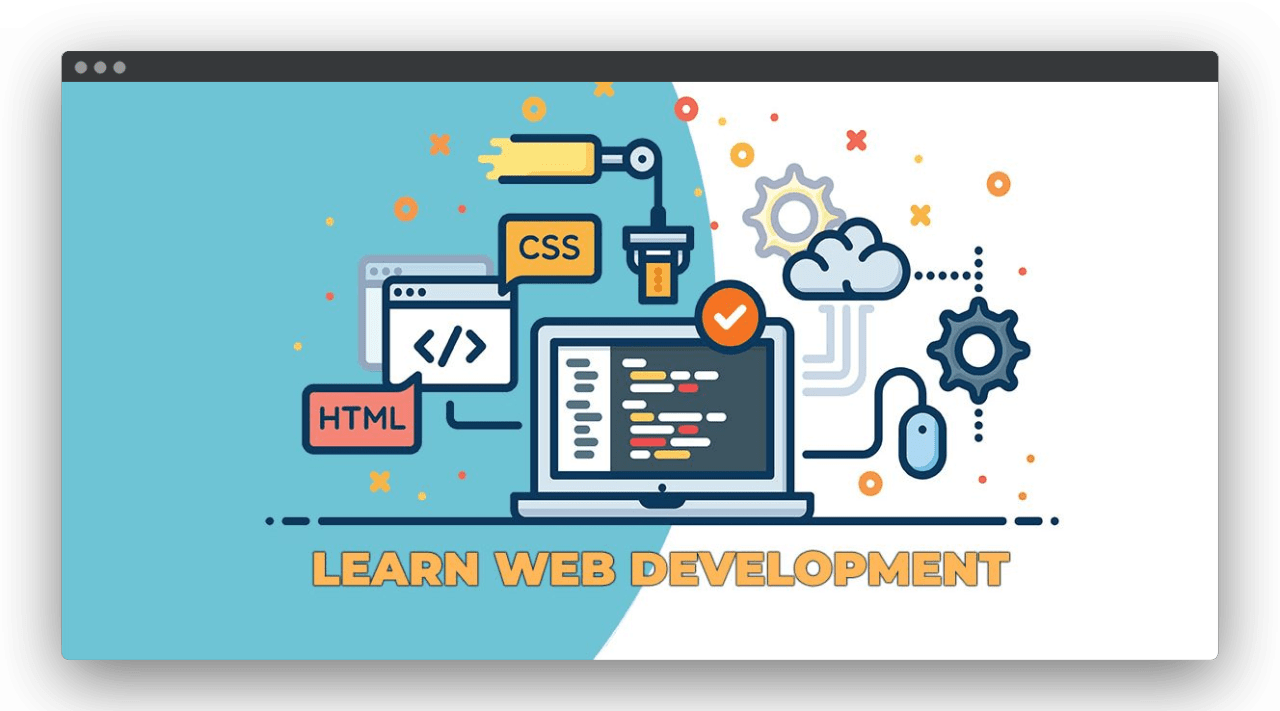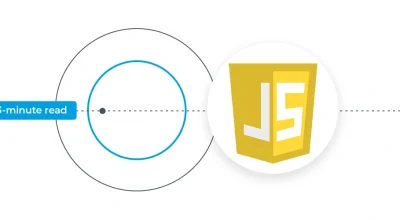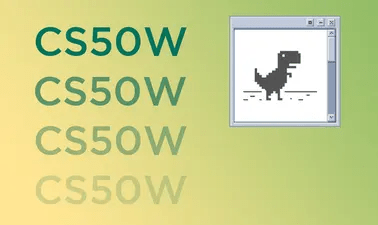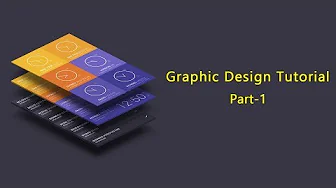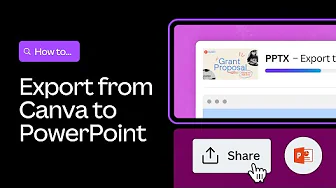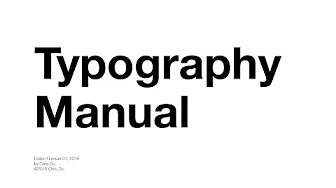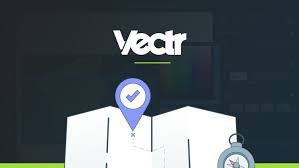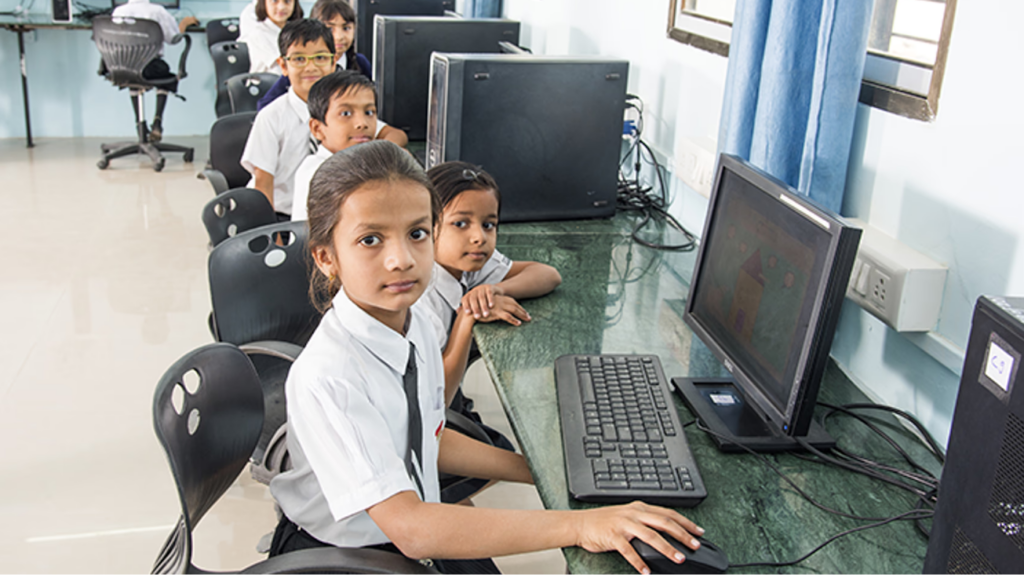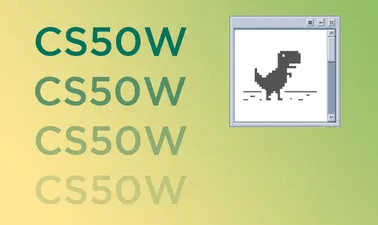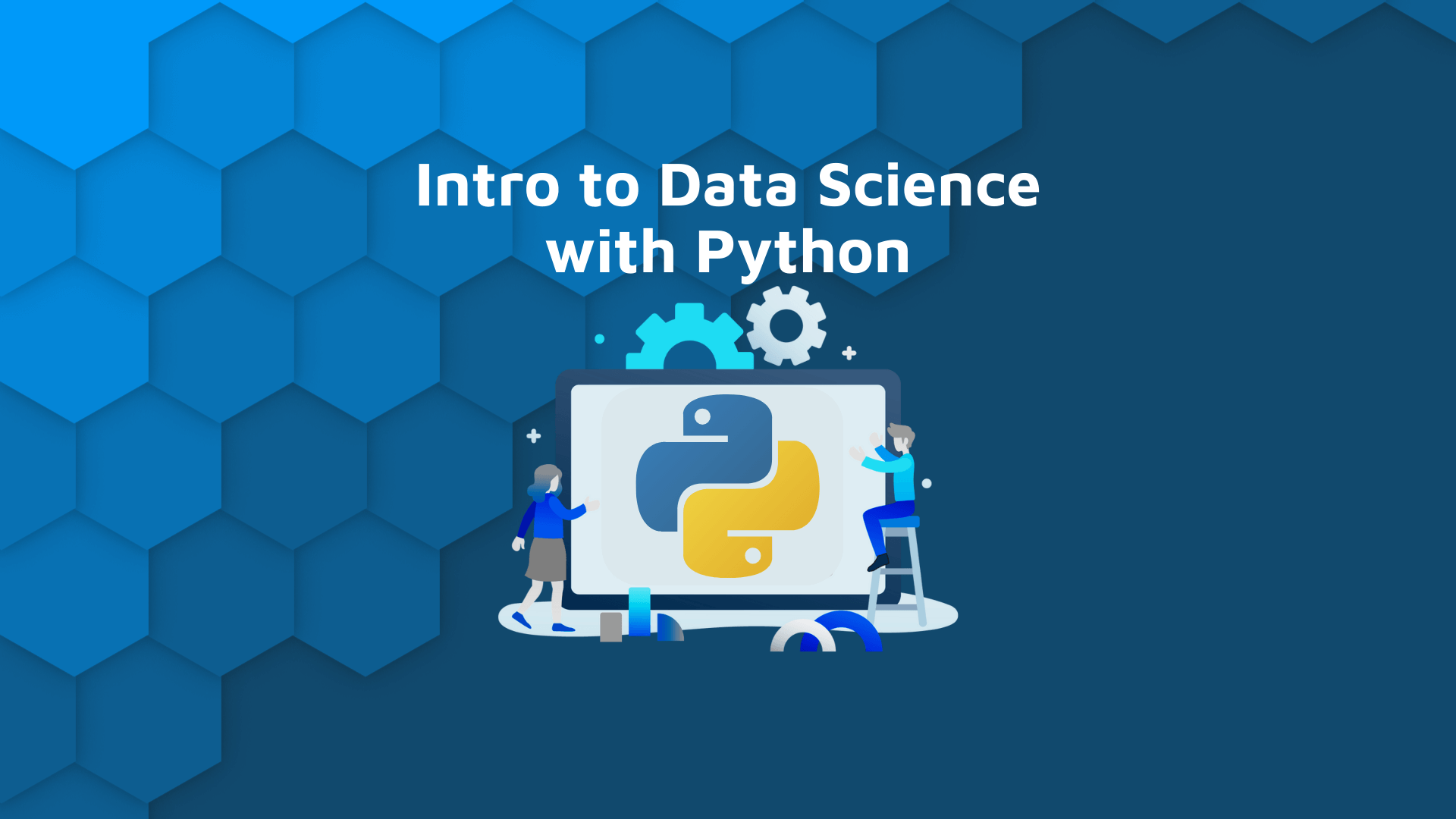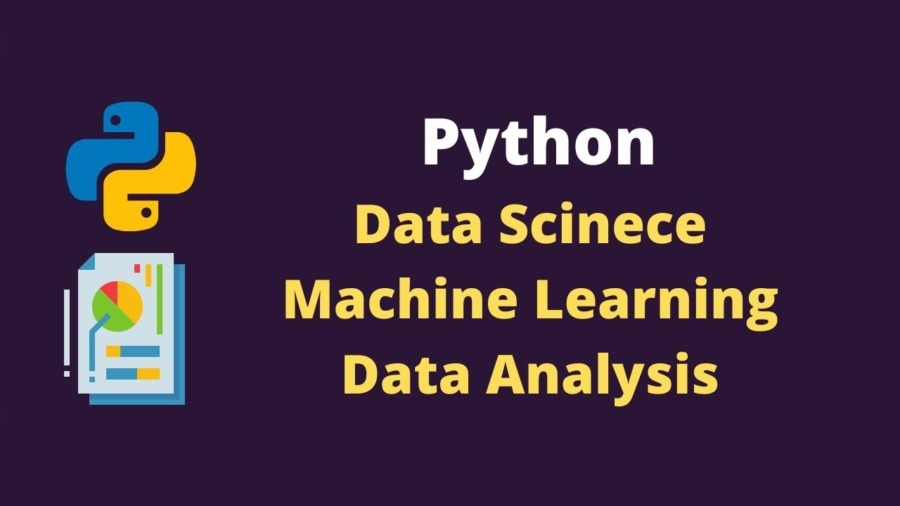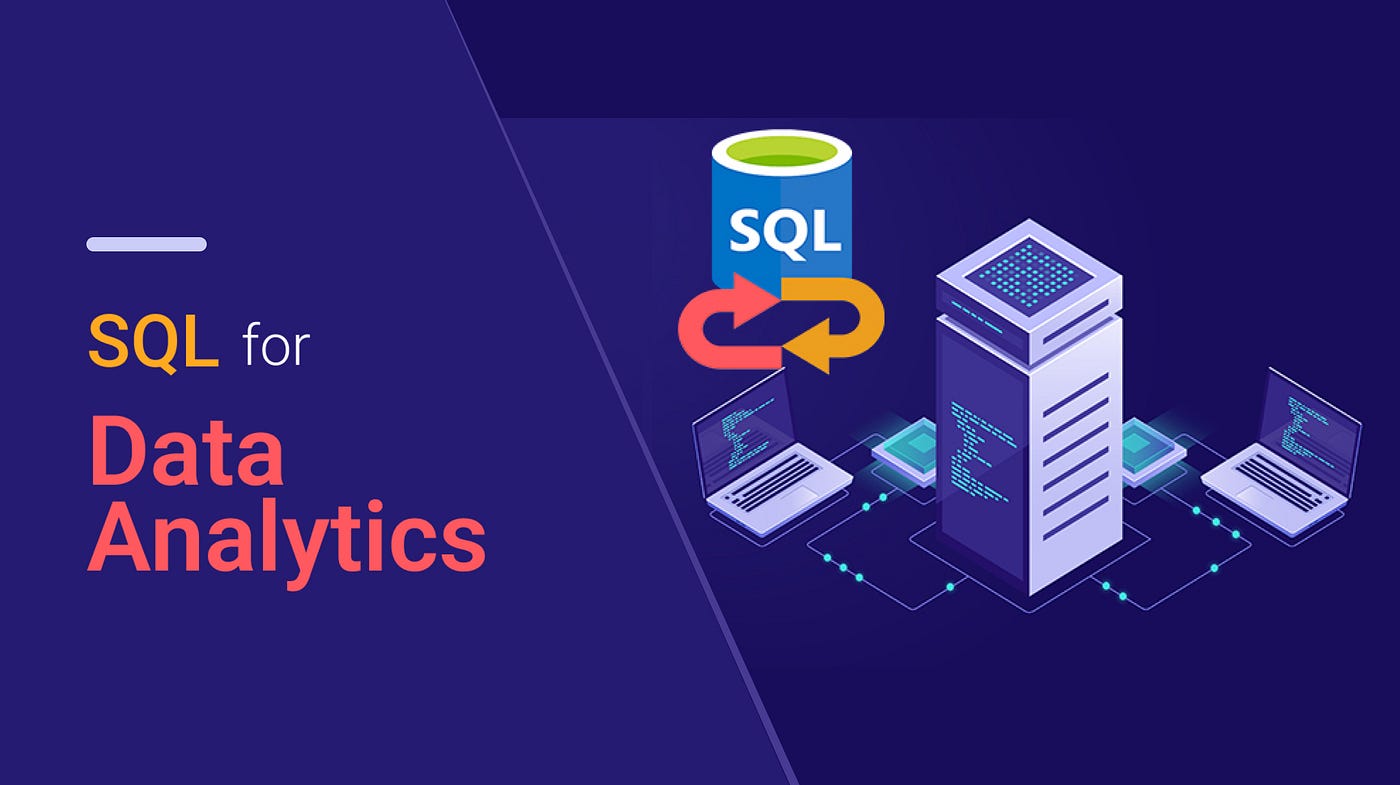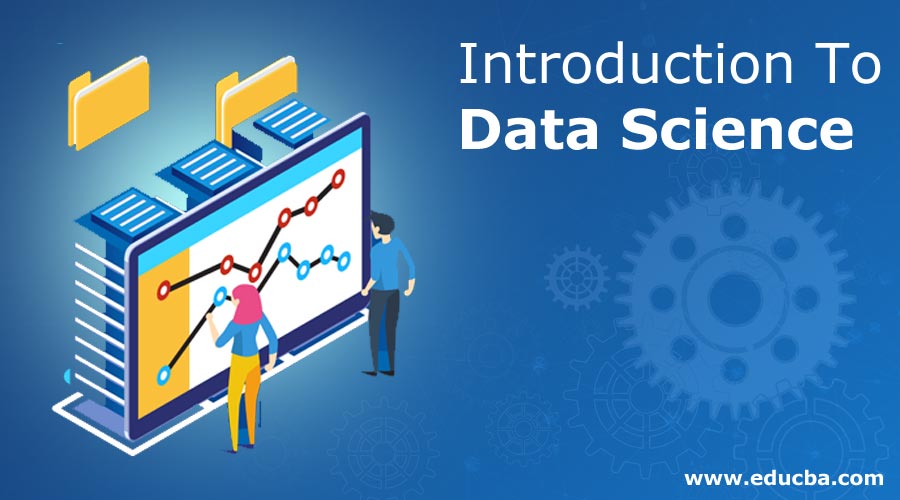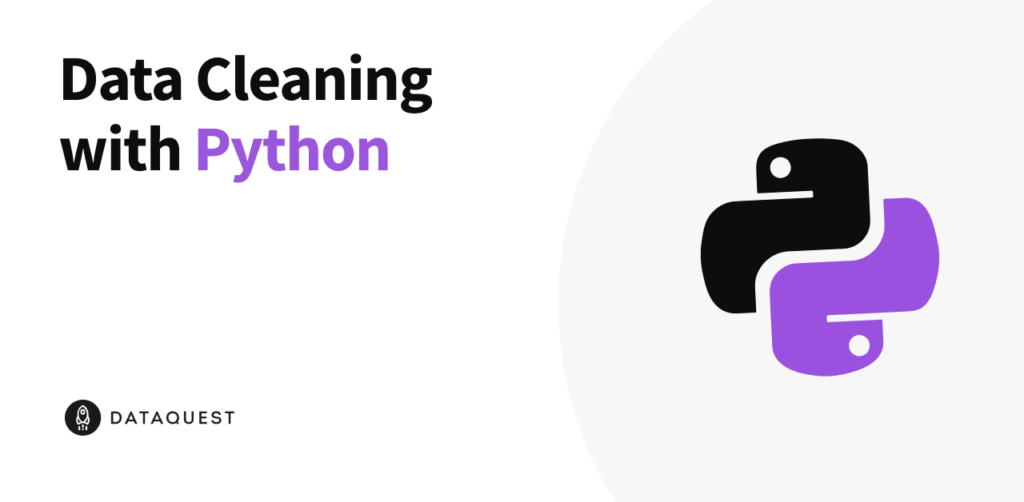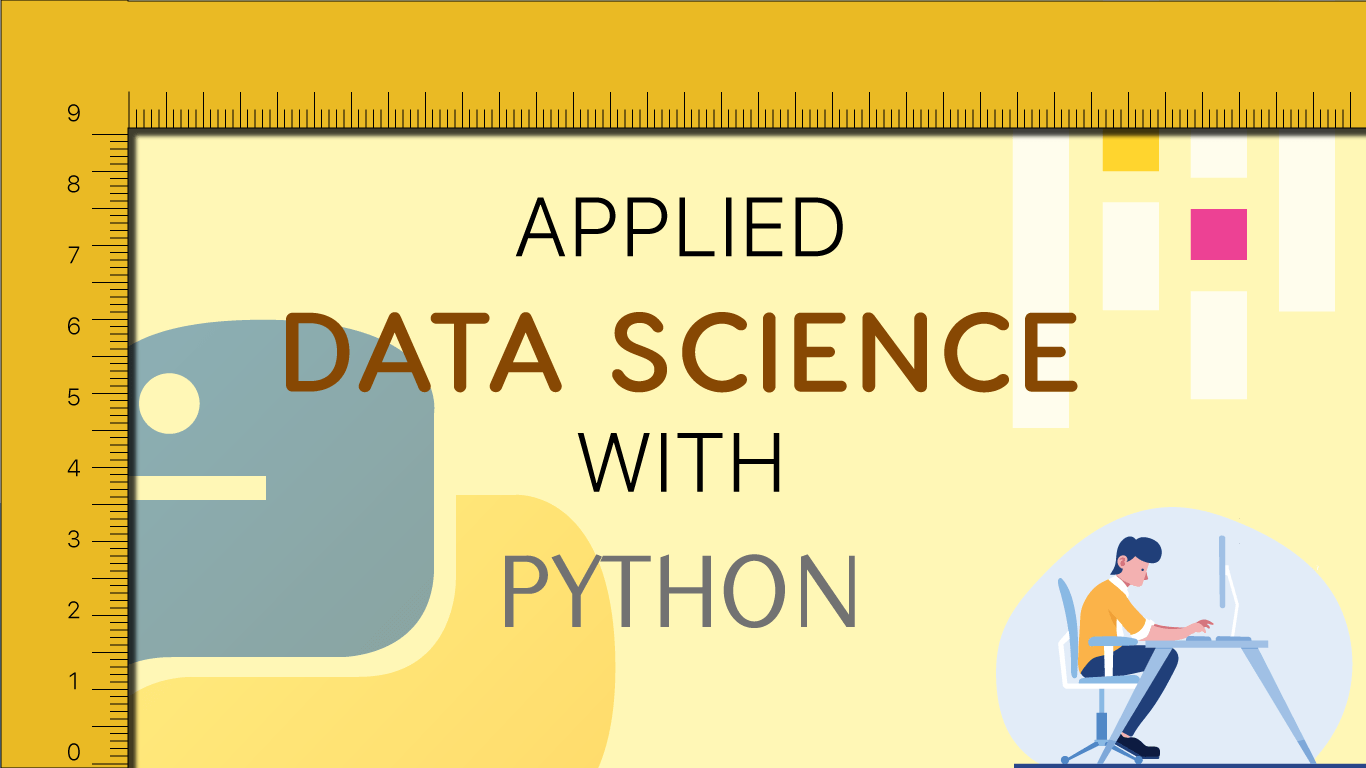“Wait, what exactly is a learning pod?”
Ever wished your child could learn in a small group, at their own pace, without all the noise and pressure of a crowded classroom? That’s exactly what a learning pod offers.
In India, more and more parents are exploring learning pods as a smart, personalized alternative to traditional schooling. But of course, you have questions, and this blog is here to answer every single one of them.
Q1. What is a learning pod?
A learning pod is a small group of children (usually 3–10) who learn together in a shared space, like a home, a community center, or even a local library. Think of it like a mini-classroom where learning is personalized, flexible, and community-led.
There’s usually a parent, tutor, or facilitator guiding the kids through lessons, activities, and discussions. Some pods follow a set curriculum, while others build one from scratch.
In short: less school pressure, more real learning.
Q2. How is a learning pod different from homeschooling?
Great question! Here’s a simple breakdown:
| Aspect | Homeschooling | Learning Pod |
| Group Size | 1–2 kids (mostly solo) | 3–10 kids (small group) |
| Learning Style | 100% parent-led | Shared teaching or tutor-led |
| Social Interaction | Limited | Built-in peer group |
| Cost | Low to flexible | Shared cost for tutor/materials |
| Flexibility | Very high | Still flexible, but co-decided |
So, if you like the idea of homeschooling but want peer learning and shared responsibility, pods are the sweet spot.
Q3. Are learning pods legal in India?
Yes, absolutely. There is no law in India that bans learning pods. Parents have the fundamental right to educate their children the way they see fit (Article 21A of the Indian Constitution supports the right to education).
Just make sure:
- The learning meets basic standards (reading, writing, math, etc.)
- You’re not running a formal “school” without proper licensing (especially if charging fees to outsiders)
But if you’re forming a pod among like-minded parents, you’re good to go.
Q4. What are the benefits of learning pods for Indian students?
This is where learning pods shine. Here’s what Indian parents love most:
- Personalized learning (every child learns at their own pace)
- Better attention (no one gets lost in a crowd)
- Real-world skills like collaboration, problem-solving, and communication
- More time for creativity, hobbies, and life skills
- Freedom from rote learning and exam stress
In a country where classrooms often have 40+ students, pods are a breath of fresh air.
Q5. How to start a learning pod in India?
Here’s your step-by-step plan:
- Talk to your child – What do they enjoy? What are their struggles?
- Find like-minded parents – Ask around in WhatsApp groups, housing societies, or Facebook parenting communities.
- Fix your approach – Will it be parent-led? Will you hire a tutor?
- Choose your curriculum – NCERT books? Apni Pathshala resources? Montessori? Decide what works.
- Pick a learning space – Home, terrace, library, or rented community hall.
- Plan your schedule – Will it be daily? Alternate days? Half-day?
- Start small and iterate – Don’t overthink. Get started and improve on the go.
Need support? Apni Pathshala helps parents kickstart learning pods with resources, mentoring, and guidance.
Q6. What curriculum do learning pods in India follow?
It totally depends on your goals. Some common options:
- NCERT or CBSE-based learning (for alignment with mainstream schooling)
- Apni Pathshala’s curated learning journeys
- Montessori or Waldorf methods
- Interest-based learning (child chooses what to learn)
- Mix of online tools like Khan Academy, BeyondExams, and story-led learning
That’s the beauty: you choose what works best for your child.
Q7. Can learning pods work in rural India or small towns?
YES. In fact, they’re more powerful there.
In places where schools are under-resourced or far away, pods can bring education closer to home. All you need is:
- A few interested families
- One facilitator (even a local teacher or educated parent)
- Basic materials
- A safe, quiet space
Apni Pathshala actively helps rural communities set up low-cost pods.
Q8. Will my child fall behind if we leave traditional school?
Not if the pod is well-structured.
Most children in pods learn better because they get:
- Individual attention
- Flexible pacing
- Less pressure
- More joy in learning
In fact, many children outperform their peers academically and emotionally after just a few months in a learning pod.
Q9. Where can I get help starting a pod?
Right here:
Apni Pathshala supports parents and educators across India to:
- Form learning pods
- Get free personal computers with webcams and integrated courses
- Get access to free/open-source curriculum
- Connect with mentors and other pod families
- Solve practical challenges like assessments, schedules, and facilitator training
Visit Apnipathshala and get started today.
Final Thoughts
Learning pods in India aren’t just a passing trend. They’re a reimagination of education rooted in community, child-led learning, and freedom from rote pressure. If you’ve ever wondered, “Is there a better way to educate my child?”
This might just be it.

